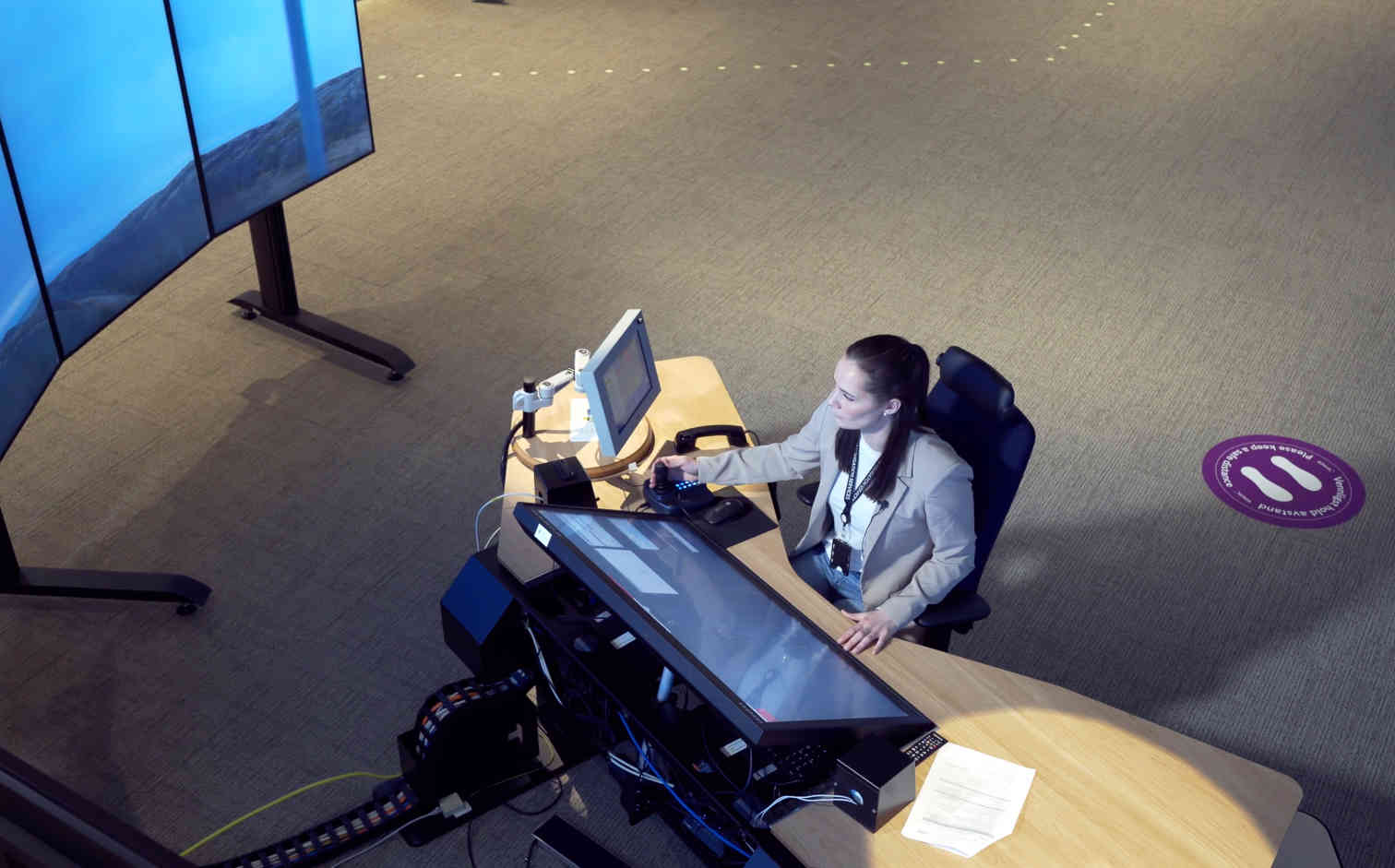Norway is a country defined by large distances and challenging topography. Norwegian businesses are internationally focused and rely on aviation. Aviation is vital for homes, value creation, travel, the health system, education, sport and culture.
Two out of three Norwegians have access to an airport within one hour's travelling time. In Western Norway and Northern Norway, two out of three people can reach their nearest airport in half an hour. Aviation is vital for regional growth and for making regional centres accessible. It also plays a key role in Norway's decentralised education system. Aviation also plays a key role in Norway's health sector: more than 30,000 ambulance journeys are made by air every year. The hospital structure in Northern Norway is largely based on the frequency of air transport. Aviation is also an important sector for tourism, especially in Northern Norway. Remote Towers support these sectors through a safe, stable, and efficient tower service.

Further Development for Continued Growth
Avinor is implementing a series of measures to modernize and streamline operations and to facilitate continued growth in aviation. Avinor Air Navigation Services introduced remote tower services at Røst Airport on October 19, 2019, together with the suppliers Kongsberg Defence & Aerospace and Indra. Remote towers will initially be deployed at a total of 15 airports in Norway. In May 2022, the new Remote Towers Centre in Bodø opened, where there are currently 11 airports in operational service. This is now the world's largest center for remote towers. In February 2024, the Avinor board decided to transfer six new towers to Avinor's remote tower center in Bodø. It has also been previously decided that the new Mo i Rana airport will be remotely controlled from the center in Bodø. Thus, the number of towers controlled from the center in Bodø will increase to 21. New digital towers with local solutions are to be established at the new Bodø airport and Kirkenes airport.
The goal of this initiative is to facilitate even better and more efficient operations at the airports. Many of the control towers in Norway are due for renovation or complete replacement. With remote towers, Avinor can avoid some of these costs. In the future, one person will also be able to handle traffic at multiple airports from the same position. This also offers significant efficiency improvements and lower expenses, which in turn ensures the good flight services we have in Norway today.

The operations room at Avinor's Remote Towers Centre in Bodø. Photo by Avinor/Øystein Løwer
A safe solution that you can trust
Any changes in the aviation industry are regulated by strict safety rules. Remote towers are required to provide a service which is at least as safe or is even safer than the present service.
Avinor performs extensive safety analyses for every modification to systems or methods, in accordance with internal processes approved by the Civil Aviation Authority Norway. Before remote towers are introduced, their services must be accepted by the Civil Aviation Authority Norway and there must be documentation to demonstrate that they offer a level of safety that is equal to or better than traditional towers.
How remote towers work
A remote tower service means that the people who are conducting the towers services at airports (ATC/AFIS) are physically located in a remote tower centre, instead of from a conventional tower at an airport. Cameras, microphones and other equipment are installed at the airport. These tools provide extremely detailed information about weather and activities at the airport at all times.

Implementation timeline for Remote Towers in Norway
Phase 1:
- Røst - October 2019 (operational)
- Vardø - October 2020 (operational)
- Hasvik - November 2020 (operational)
- Berlevåg - November 2020 (operational)
- Mehamn – June 2022 (Operational)
- Røros – June 2022 (Operational)
- Rørvik – September 2022 (Operational)
- Namsos – September 2022 (Operational)
- Svolvær – January 2023 (Operational)
- Sogndal – February 2023 (Operational)
- Førde - February 2023 (Operational)
- Molde - April 2025 (Operational)
- Leknes - April 2025 (Operational)
- Sandnessjøen - April 2025 (Operational)
Phase 2:
Order not determined.
- Båtsfjord - 2026/2027 (Planned)
- Mosjøen - 2026/2027 (Planned)
- Sandane - 2026/2027 (Planned)
- Sørkjosen - 2026/2027 (Planned)
- Vadsø - 2026/2027 (Planned)
- Ørsta-Volda - 2026/2027 (Planned)
- New Mo i Rana airport - planned completion in spring 2027 (Planned)
